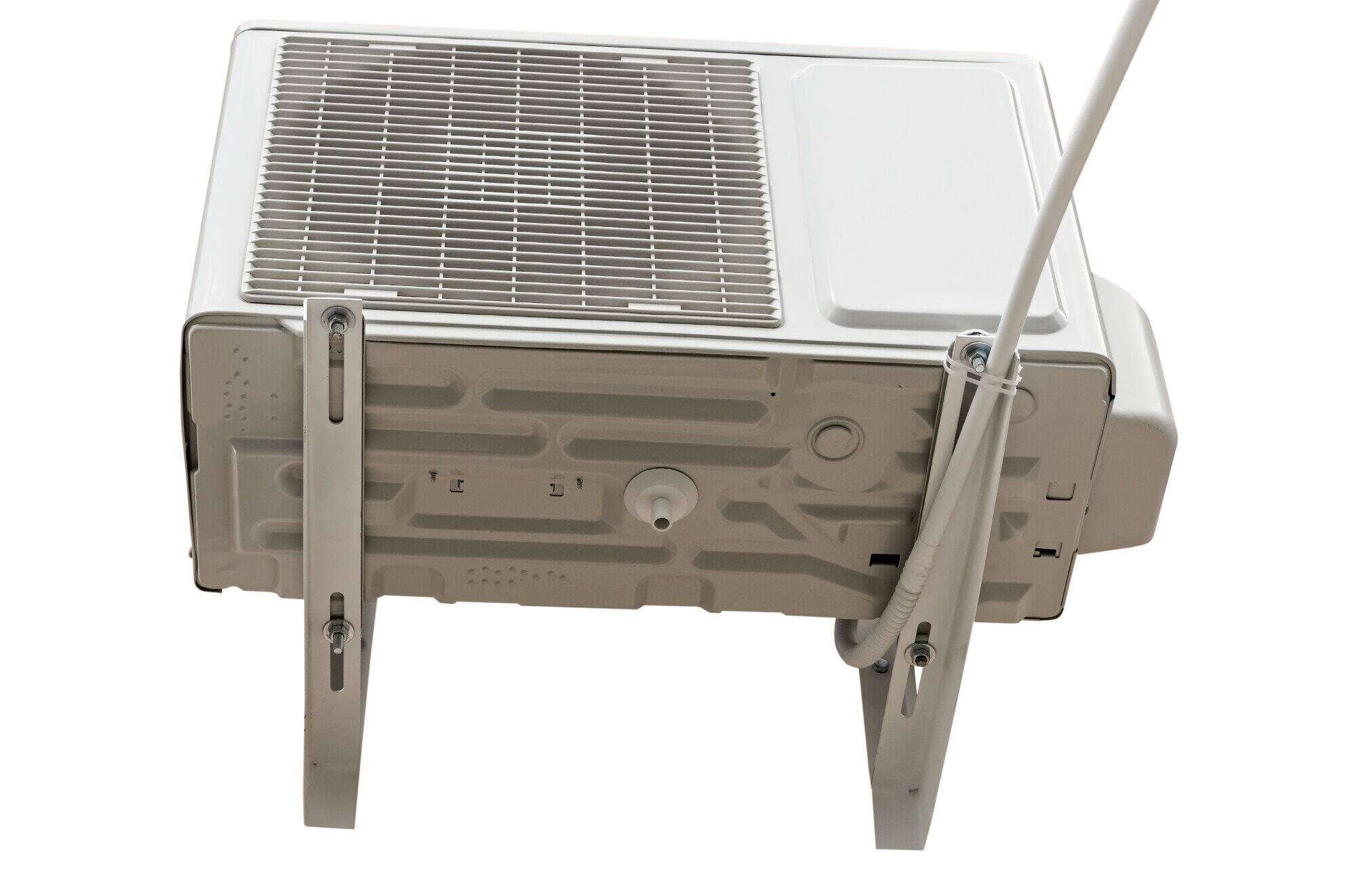Floating docks are a popular choice for waterfront property owners due to their versatility, durability, and adaptability to changing water levels. Whether you’re looking to dock a boat, create a swimming platform, or simply enjoy lakeside relaxation, selecting the right type of floating dock is essential.
With several options available, it’s important to understand the factors that will influence your decision. Here’s how to choose the best floating dock type for your property.
Table of Contents
Assess Your Water Conditions
The first step in choosing the right floating dock is to assess the body of water where it will be installed. Start by evaluating the water depth. Floating docks are ideal for deep or fluctuating water levels, where traditional fixed docks might not be practical.
Next, consider the level of wave activity in your area. If your location experiences high winds or heavy boat traffic that creates large waves, you’ll need a more stable and durable dock system.
Finally, examine the bottom composition of the water body. Although floating docks don’t rest on the bottom, you’ll still need to anchor the system effectively, which can be affected by mud, sand, or rocky terrain.
Consider Your Intended Use
Your intended use for the dock should heavily influence your decision. If you’re planning to use it for swimming, sunbathing, or launching kayaks and paddleboards, a modular plastic floating dock offers a safe and comfortable surface.
If you need the dock to support boats, make sure the system can handle the weight and impact that comes with docking watercraft. In this case, aluminum-framed or concrete-filled docks provide the necessary strength and stability.
Also, think about how often you plan to remove the dock. If seasonal removal is required, a lighter and more modular system will make disassembly and storage easier.
Choose the Right Dock Material
Floating docks are available in a range of materials. Modular plastic docks are lightweight, easy to install, and require very little maintenance, making them ideal for residential and recreational use.
Aluminum-framed docks with composite decking are strong, rust-resistant, and visually appealing. These are a popular all-around option for both residential and light commercial use.
Concrete floating docks are extremely stable and durable, making them best suited for commercial properties or locations with high traffic. However, they are heavier and more expensive. Check these aluminum docks to learn more.
Look Into Anchoring Options
Proper anchoring is essential for dock safety and longevity. In calm waters, deadweight anchors are often sufficient to keep the dock in place. In areas with strong currents or tides, piling or post anchoring provides better stability.
For docks that are close to shore and have limited space, stiff-arm anchoring may be the best choice. It’s always best to consult a professional to determine the right anchoring method for your location.
Budget and Maintenance
Budget is a key factor when choosing a dock. Modular plastic docks are generally more affordable and require minimal upkeep.
Aluminum and concrete docks cost more upfront, but they offer excellent durability and can last for decades. Also, keep in mind that some decking materials need regular sealing or treatment, while others are nearly maintenance-free.
Build a Floating Dock That’s Right for Your Home
Choosing the best floating dock type for your property involves more than just picking the most attractive option. By evaluating your water conditions, intended use, material preferences, and budget, you can find a dock that meets your needs and enhances your waterfront experience. When in doubt, consult a local marine contractor!
If you want to read more articles, visit our blog.































































